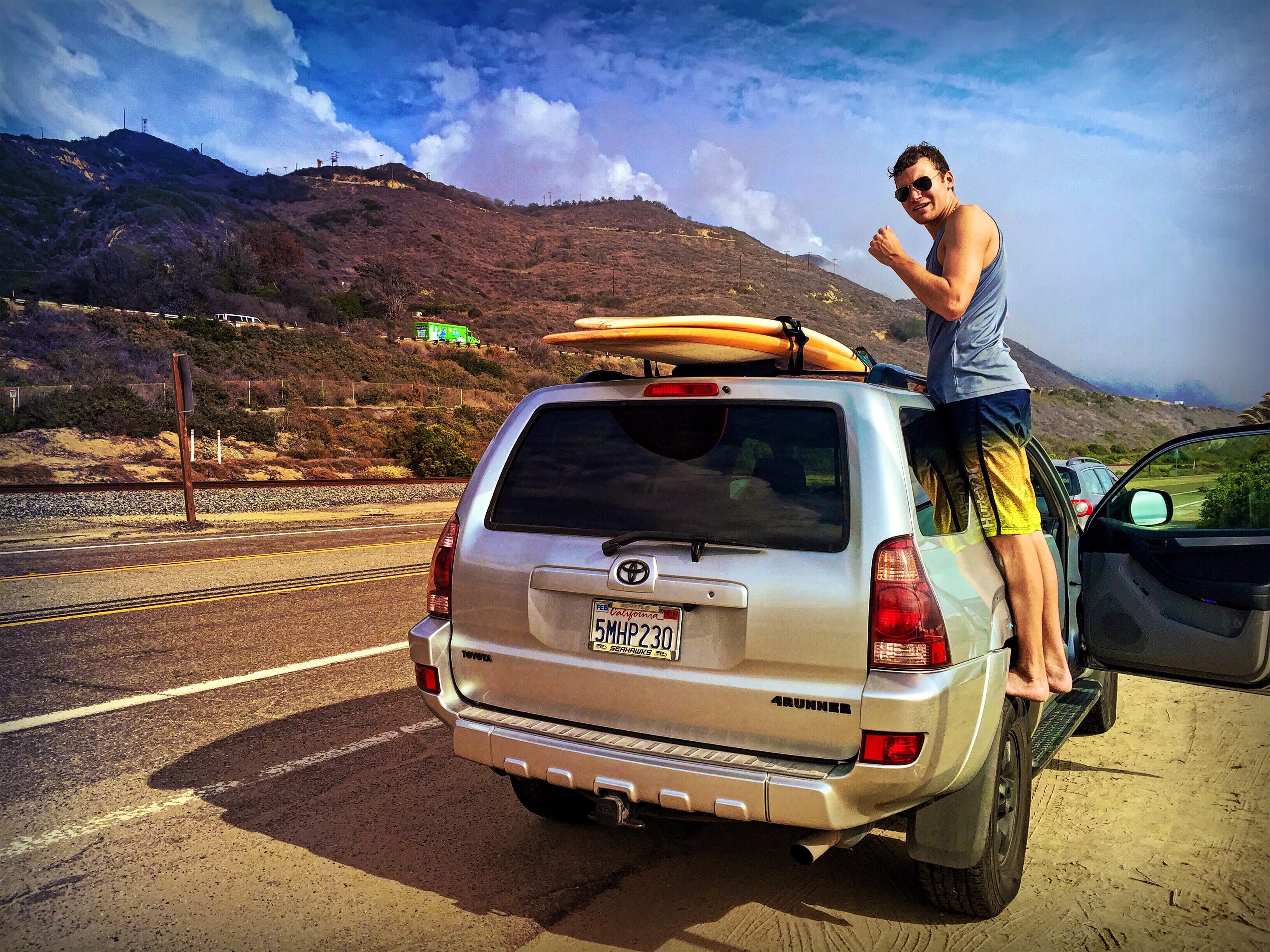
Scotty Reiss, founder of A Girls Guide to Cars, is in the market for a used car. “I need to buy something for my daughter, who is sophomore in college,” she says. “She is living off campus and she needs a car.”
There are lots to choose from, she says, but her budget is not going as far as she thought it would. “We’re looking for something under $20,000,” she says. “What we want to get for our budget is probably putting us back a model year older than we’d like.”
More from Grow:
5 ‘financial defenses’ you can put in place to build wealth
I’ve made over $120K with apps over the past 6 years: My best advice
How this 29-year-old who went from ‘broke’ to millionaire
The average price of a used car has skyrocketed since the start of the pandemic, according to data from automotive resource site Edmunds. In May 2020, the average price consumers paid for a used car was $20,923. A year later, it was $25,091 — a roughly 20% jump. “‘High’ isn’t the right word to describe the month-to-month change we’re seeing,” says Ivan Drury, senior manager of insights at Edmunds. “Maybe ‘unheard of.'”
Production disruptions due to the pandemic have led to a car shortage. That has consumers who were shopping for a new car now looking to get the next-best thing, he says, and the demand is driving up prices: “Unfortunately, everyone is looking for used vehicles because there is no replacement for new cars other than used cars.”
If, like Reiss, you’ve been having trouble finding the vehicle you want for the budget you have, you might be considering going with a used car that’s a few years older. Here’s how old you should go, according to car experts.
Unfortunately, everyone is looking for used vehicles because there is no replacement for new cars other than used cars.
Ivan Drury
senior manager of insights at Edmunds
Buy a used car in the ‘sweet spot’
“I think the sweet spot [for used cars] is 3-to-4 years old with 30,000 to 40,000 miles on it,” Reiss says.
The average price of a 3-year-old car is $28,289, according to Edmunds. The average price of 5-year-old car is $23,110, saving you a bit more than $5,000.
Buying a car that is only a few years old, compared to one that is a decade old, has benefits, Reiss says. “It hasn’t had the wear and tear on the engine and interior,” she says. “It also probably has newer technology. Things like Apple CarPlay and a rearview camera. It may have parking sensors. Some of those premium features, on a 10-year-old car, you might not find them.”
Really old cars might also not have the safety features you need, says Emilie Voss, a spokesperson for CARFAX. “Airbags or antilock brakes, some of those things didn’t become standard until the late 1990s or early 2000s,” she says.
Older cars can be good buys, too
This doesn’t mean a car that’s older than the 3- to 4-year-old sweet spot is always a bad buy. If an older car has been well taken care of, it is possible that it’s a good purchase for you.
“If you’re looking for something that is a stopgap between now and a year from now when you’re planning on buying a new car, it might not be a bad thing to buy a $3,000 or $4,000 car with 100,000 miles on it,” Reiss says.
Just be sure it doesn’t have thousands and thousands of dollars of needed repairs. You should look to see which parts have and haven’t been replaced, and how recently, along with how much it will cost for you to do any repairs you might anticipate. Car manuals will note what needs to replaced at what number of miles driven.
“If you’re spending more than about $4,000 a year on maintenance, then you probably should look a little deeper and find something that’s not going to need $4,000 a year in maintenance,” Reiss says.
3 tips to avoid ‘surprises’ when buying a used car
Regardless of how many years old your car is or how many miles it has on it, you want to do your research before buying it. There are three things everyone should do before buying a used car, Voss says:
- Check the vehicle history. This will let you know how many people have previously owned the car, how many accidents it’s been in, or if there are any open recalls on it. When a car has an open recall, that means it has a problem that hasn’t been addressed. If you buy a car with an open recall, you will have to address the issue yourself.
- Take it for an independent inspection. Pick a mechanic you trust. An inspection will cost between $50 and $100 but can tell you whether recent repairs were made correctly, along with any new work that ought to be done.
- Test drive it. This will help you see any flaws in how the car operates, such as whether the window wipers and air conditioning work or if there are strange noises when you accelerate or brake. You can also see how comfortable you feel driving the car.
“A lot of people do one or two of those things, but you want to do all three,” Voss says. “It’s your best bet at not having surprises down the road.”
The article “For a Used Car, How Old Is Too Old? Here’s the ‘Sweet Spot,’ According to Auto Experts” originally published on Grow+Acorns.




